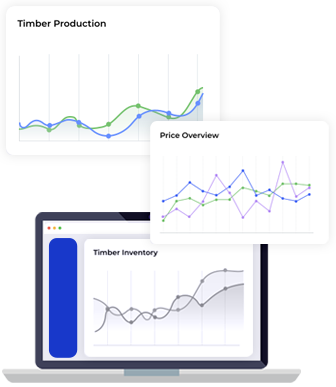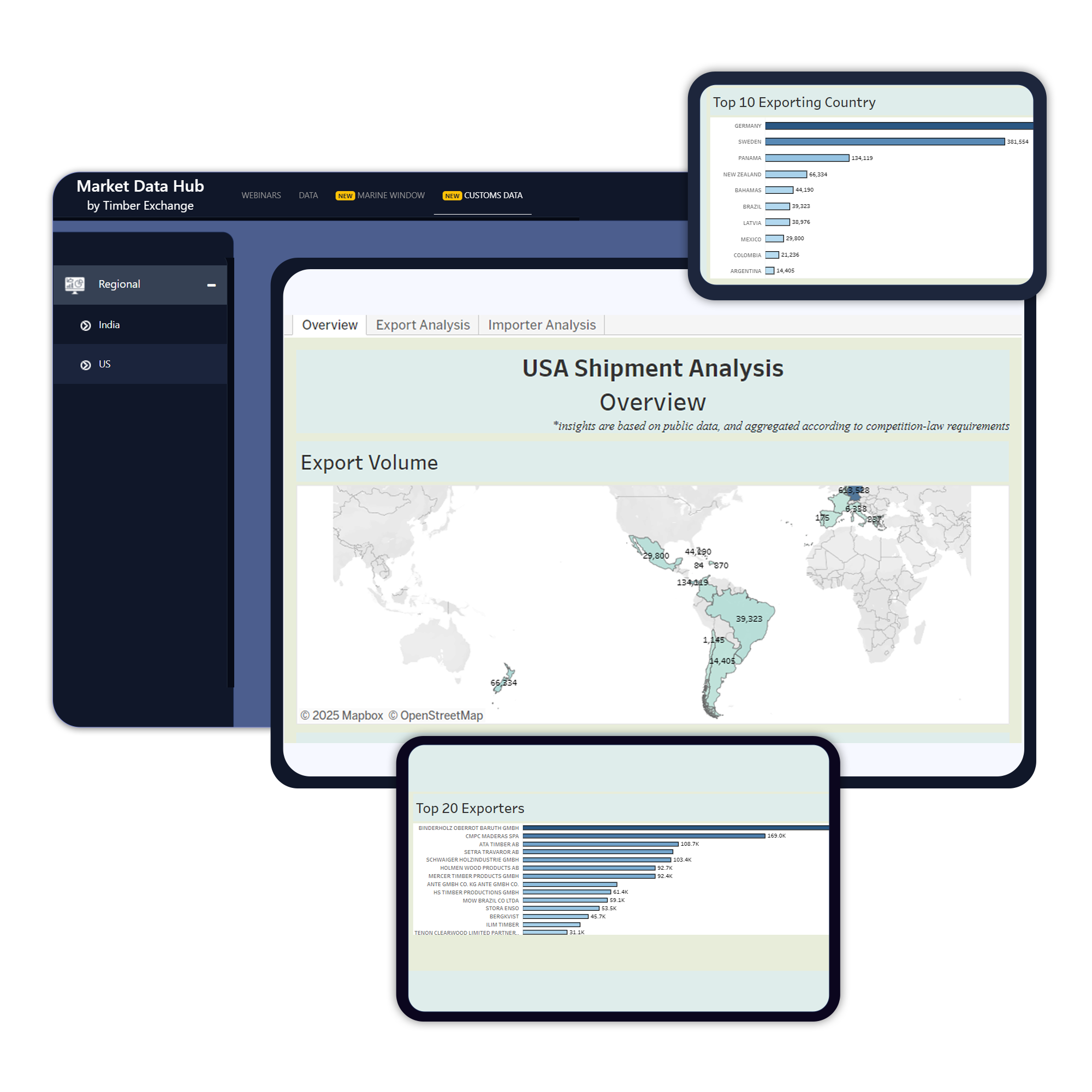
Finland’s timber trade soars 18% in 2024, reaching 48.8 million m³
Posted on February 28, 2025 |
Finland’s timber trade grew by 18% in 2024, with roundwood purchases reaching 48.8 million cubic metres—one of the highest volumes ever, just 5% below 2018.
Birch pulpwood prices in standing sales rose by 18% to €31.2 per cubic metre, while spruce log prices went up 6% to €80.5.
Spruce logs and pine pulpwood each made up nearly a quarter of total roundwood purchases.
Pine logs accounted for one-fifth, while birch and spruce pulpwood made up just over a tenth.
Log sales increased by 19%, growing faster than pulpwood sales, which rose by 12%.
In delivery sales, pine pulpwood prices rose 11% to €49.7, spruce pulpwood increased 9% to €50.6, and birch pulpwood went up 8% to €50.1. Birch log prices rose 4% to €74.0.
Conifer log prices in regeneration fellings were 2-3% higher than the average stumpage price, while in thinnings, they were 8-11% lower.
Pulpwood prices were 5-8% higher in regeneration fellings but dropped by 2-5% in thinnings and about 20% in first thinnings.
Inflation averaged 2% in 2024, slightly lowering real price increases compared to nominal price gains.





